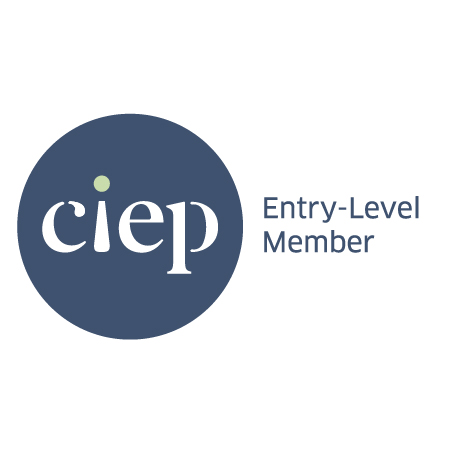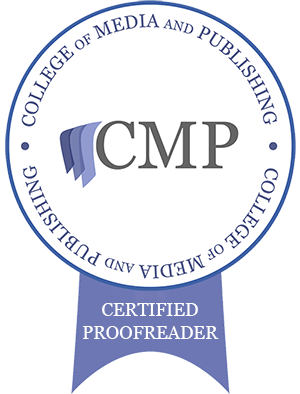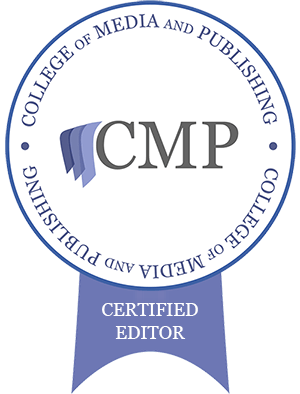
Antagonists: Always the Villain?
On Monday we talked about the protagonist of the story. Today we look at their opposition, the antagonist. Villains are always antagonists, but not every antagonist is a villain. Essentially the antagonist is the one who is working against your protagonist and getting in their way.
The antagonist does not need to be a person, you can see other things creating obstacles for your protagonist, whether it is rules or a force of nature or something like that. If it is a person, then generally they’ll do something to affect your protagonist, whether on purpose or not. Essentially they are involved in the challenge your protagonist needs to overcome.
Villain
The classic antagonist is the villain of the piece. The tyrannical leader, the arch-enemy of your hero or a criminal who is doing something morally reprehensible. Not all villains are pure evil, though. Some are, for the sake of power, hatred, greed or pure chaos and destruction. You know the kind who tend to go: “Bwahahahaha, you’ll never beat me, hero!”
However, some villains are not so clear cut. We can even end up feeling sympathy for them. They could have a reason for doing what they do, and their actions might well be understandable. We may not be able to justify their actions, but we can perhaps understand their reasons for making the choices they do. This is what’s known as a ‘sympathetic villain’ and a good example is Magneto from X-Men. His experiences in a concentration camp taught him how evil humans were, and convinced him that mutants were always going to be worth saving over humans.
Non-Human Antagonists
As mentioned, not all antagonists are people. A force of nature or even fate itself can be the antagonist. Your protagonist may need to get an artifact from a hidden cave, but when he gets there the cave has collapsed. This could be natural deterioration or an earthquake that has made the task more difficult. Then nature itself is playing the role of the antagonist.
It could also be a creature or beast of some kind that is just trying to do what it does. Godzilla is a classic example. Society itself makes for a good antagonist, as seen in the Hunger Games trilogy. We see President Snow as the villain, but really, it’s the entire society and setting that is the real problem. We see Katniss realise this at the end, which is why she chooses to walk away from it all.
Be Your Own Antagonist
One of the most interesting versions is where the protagonist is their own antagonist. It’s quite common in storytelling, where the conflict is internal within the protagonist. They are holding themselves back in some way, be it due to their own grief or some flaw of theirs that they need to learn to overcome. You can see this in the narrator in the Tell-Tale Heart by Edgar Allan Poe.
Of course, you’ll find that usually this type of antagonist isn’t the only antagonist of the story. There may well be external forces as well, and it forces your protagonist to deal with their own internal conflict while also facing an external problem.
Conclusion
So that covers antagonists and the different kinds you might encounter in stories. I hope that it was helpful. On Friday we’ll take a look at secondary characters, those that support your protagonist and antagonist and give more life to your stories. I hope you’ll join me for that. Until next time!







